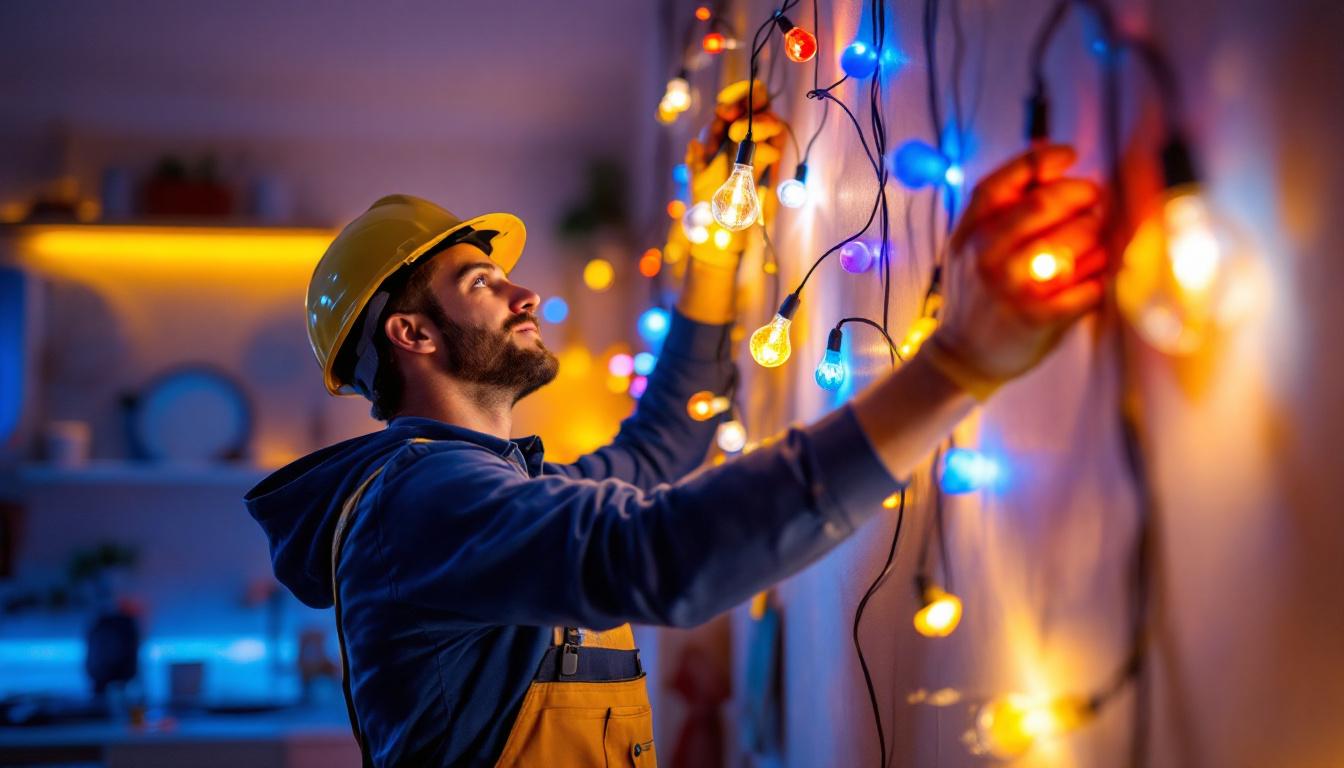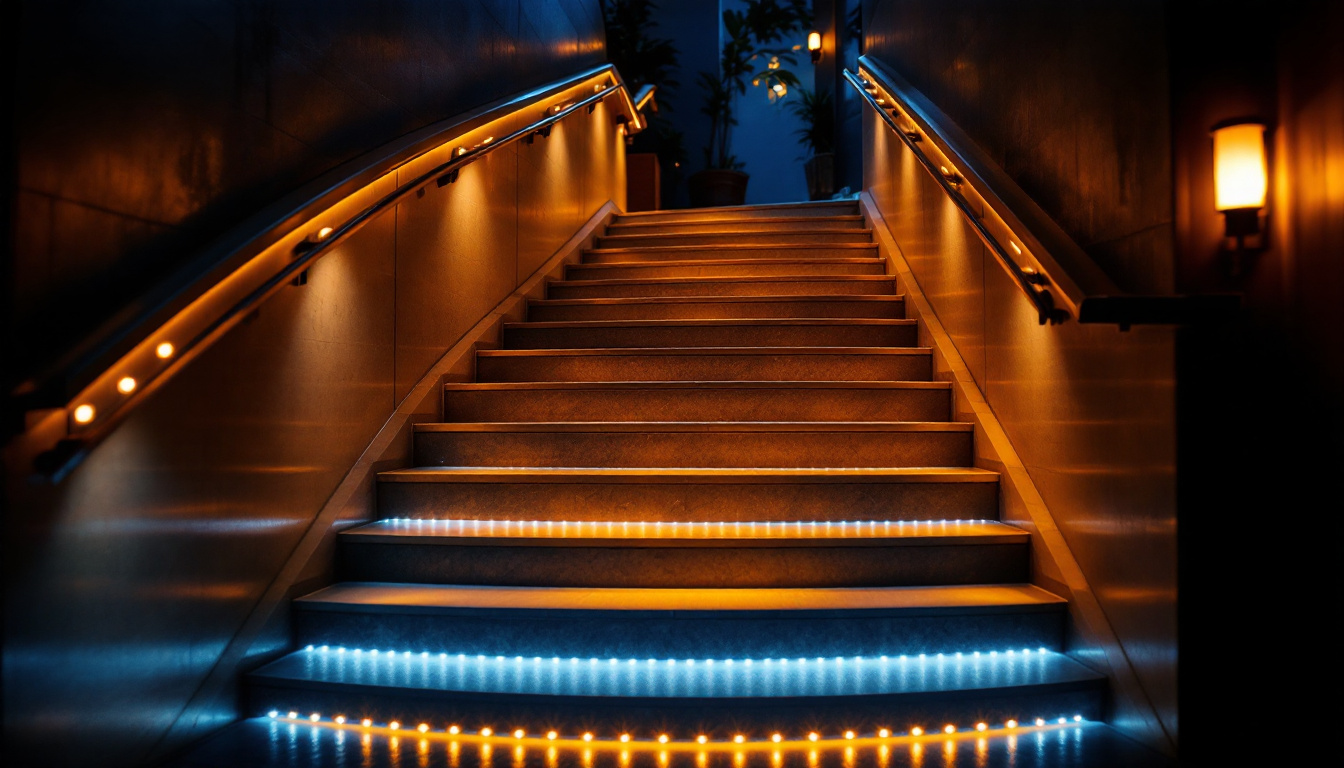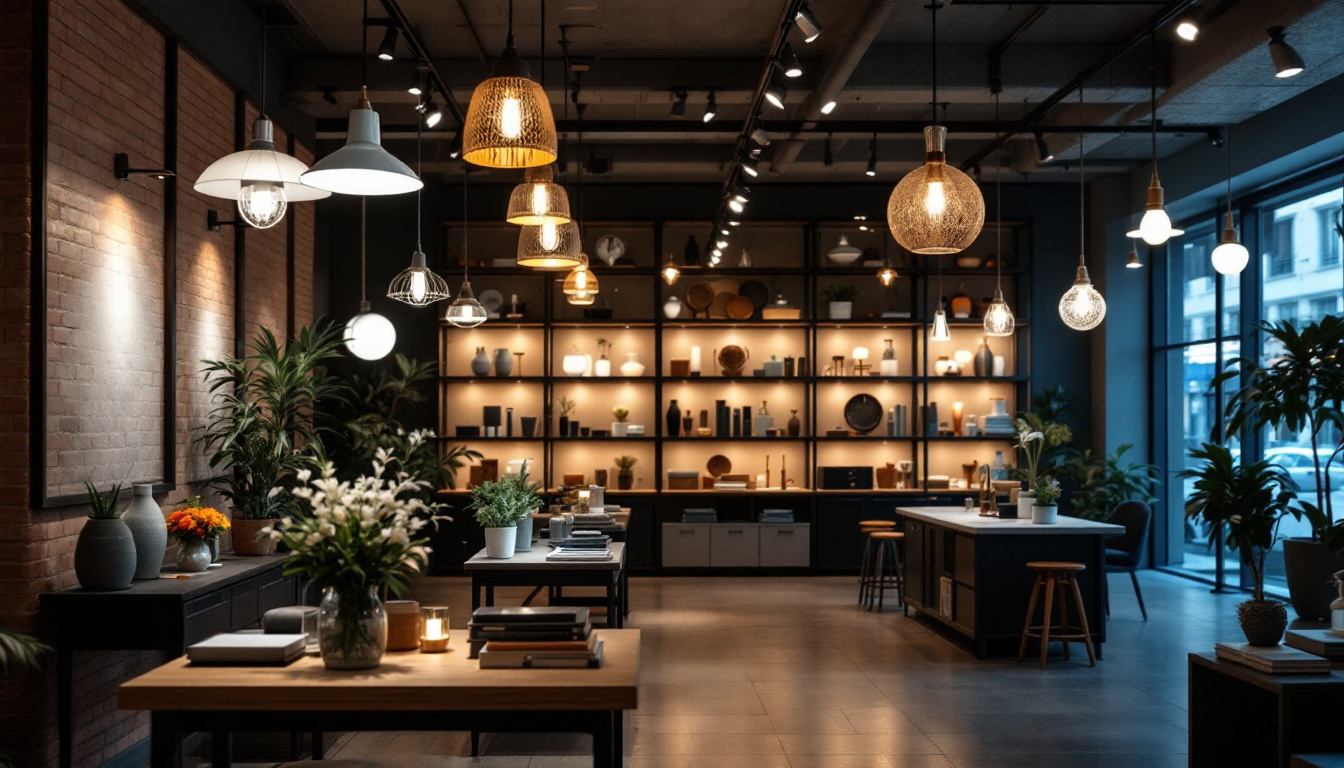
In the ever-evolving world of lighting design, decorative LED lights have emerged as a popular choice among homeowners and businesses alike. For lighting contractors, understanding the nuances of decorative LED lighting is essential to meet client expectations and deliver stunning results. This article delves into key tips that can help contractors navigate the intricacies of decorative LED lights, ensuring they provide optimal solutions for their clients.
Decorative LED lights are not merely functional; they serve as aesthetic enhancements that can transform spaces. They come in various forms, including chandeliers, wall sconces, and pendant lights, each offering unique design opportunities. As a contractor, it is crucial to grasp the different types of decorative LED lights available and their respective applications. The versatility of these lights allows them to complement various interior styles, from modern minimalism to rustic charm, making them an essential consideration in any design project.
There are several types of decorative LED lights that contractors should be familiar with. These include:
Each type of light serves a different purpose and can greatly influence the ambiance of a room. Understanding these distinctions allows contractors to recommend the best options for their clients’ needs. Additionally, incorporating dimmable options can further enhance the versatility of these fixtures, enabling clients to adjust the lighting to suit different occasions and moods.
LED technology offers numerous advantages over traditional lighting options. For contractors, highlighting these benefits can help clients make informed decisions. Some key benefits include:
By emphasizing these benefits, contractors can position themselves as knowledgeable professionals who prioritize sustainability and cost-effectiveness. Additionally, the ability to customize LED lighting solutions, such as color temperature and brightness levels, allows for a tailored approach that can meet specific client needs, further enhancing the appeal of decorative LED lights in any project.
When it comes to decorative LED lighting, design is paramount. The right lighting can enhance the aesthetic appeal of a space while also serving its functional purpose. Contractors should consider several design factors when planning lighting installations.
The color temperature of LED lights plays a crucial role in setting the mood of a space. Measured in Kelvin (K), color temperature can range from warm (around 2700K) to cool (above 5000K). For instance, warm white lighting creates a cozy atmosphere, making it suitable for living rooms and bedrooms. In contrast, cooler temperatures are often preferred for workspaces, as they promote alertness and focus.
Contractors should discuss color temperature options with their clients, helping them choose the right hue to complement their interior design. Additionally, incorporating dimmable LED lights can provide flexibility, allowing clients to adjust the lighting based on their needs. This adaptability is especially beneficial in spaces that serve multiple functions, such as dining areas that transition from casual family meals to elegant dinner parties. By understanding the psychological effects of different color temperatures, contractors can guide clients in creating environments that evoke the desired emotional responses.
Effective lighting design often involves layering different types of light to create depth and dimension. This technique combines ambient, task, and accent lighting to achieve a well-balanced illumination scheme.
Ambient lighting provides overall illumination, while task lighting focuses on specific areas, such as reading nooks or kitchen counters. Accent lighting, on the other hand, highlights architectural features or artwork. By educating clients on the importance of layering light, contractors can help them achieve a more dynamic and visually appealing environment. Moreover, the strategic placement of fixtures can enhance the perceived size of a room; for example, using wall sconces to draw the eye upward can create an illusion of height in smaller spaces. Additionally, incorporating smart lighting solutions allows for even greater customization, enabling clients to adjust not only brightness but also color and intensity throughout the day, further enhancing the versatility of their lighting design.
Proper installation is critical to the performance and longevity of decorative LED lights. Lighting contractors should adhere to best practices to ensure a seamless installation process.
When selecting decorative LED fixtures, contractors should consider the space’s size, style, and function. Oversized fixtures can overwhelm a small room, while too-small fixtures may not provide adequate illumination. It’s essential to strike a balance that complements the overall design.
Additionally, contractors should ensure that the fixtures are compatible with the existing electrical system. Checking voltage requirements and ensuring proper wattage can prevent future issues and enhance safety.
Electrical safety is paramount during the installation of decorative LED lights. Contractors should follow local building codes and regulations to ensure compliance. This includes using appropriate wiring and circuit breakers that can handle the load of the new fixtures.
Moreover, it’s advisable to use LED-compatible dimmers and switches. Traditional dimmers may not function correctly with LED lights, leading to flickering or reduced lifespan. By opting for compatible products, contractors can enhance the overall performance of the lighting system.
Even with the longevity of LED lights, maintenance and troubleshooting are essential aspects of ensuring their continued performance. Contractors should educate clients on proper care and common issues that may arise.
Dust and grime can accumulate on light fixtures, affecting their brightness and appearance. Contractors should recommend regular cleaning practices to maintain the aesthetic appeal of decorative LED lights. A soft, damp cloth is typically sufficient for cleaning, but it’s essential to ensure the lights are turned off and cooled down before any maintenance is performed.
In addition to cleaning, contractors should advise clients to periodically check for loose connections or signs of wear. Addressing these issues early can prevent more significant problems down the line.
Despite their durability, LED lights can experience issues such as flickering, dimming, or complete failure. Contractors should be equipped with troubleshooting tips to assist clients in resolving these problems.
The world of decorative lighting is constantly evolving, with new trends and technologies emerging regularly. For lighting contractors, staying informed about these trends is essential to provide clients with the most current and stylish options.
Smart lighting technology has gained popularity in recent years, allowing users to control their lighting through mobile apps or voice commands. Contractors should be aware of the various smart LED options available and how they can be integrated into existing systems.
Educating clients on the benefits of smart lighting, such as energy savings and convenience, can enhance their overall experience. Furthermore, offering installation services for smart lighting systems can set contractors apart in a competitive market.
As sustainability becomes increasingly important to consumers, contractors should prioritize eco-friendly lighting solutions. This includes recommending energy-efficient LED options and highlighting the environmental benefits of reduced energy consumption.
By aligning with sustainability trends, contractors can appeal to environmentally conscious clients and position themselves as responsible industry leaders.
Decorative LED lighting offers a wealth of opportunities for lighting contractors to enhance their clients’ spaces. By understanding the various types of fixtures, design considerations, installation techniques, and maintenance practices, contractors can deliver exceptional results that meet and exceed client expectations.
Staying informed about industry trends and advancements in technology will further empower contractors to provide innovative solutions. As the demand for decorative LED lighting continues to grow, embracing these key tips will ensure contractors remain competitive and successful in their field.
Ready to elevate your lighting projects with the finest decorative LED solutions? At LumenWholesale, we provide lighting contractors with an exceptional range of high-quality, spec-grade lighting products at prices that can’t be beaten. Say goodbye to local distributor markups and hello to our direct wholesale advantage, ensuring you get the most value for your investment. With our commitment to industry standards and hassle-free bulk buying with free shipping, you can trust in our reliable and high-performance lighting for every project. Don’t compromise on quality or affordability. Discover wholesale lighting at the best value today and bring a new level of quality, affordability, and convenience to your client’s spaces with LumenWholesale.

Explore the pros and cons of LED lights on stairs compared to alternative lighting solutions.

Discover the common pitfalls lighting contractors face when working with red and blue LED flood bulbs.

Discover the essential guide for lighting contractors on selecting the perfect parking lamps.

Discover the essential checklist for lighting contractors to master store lighting fixtures.